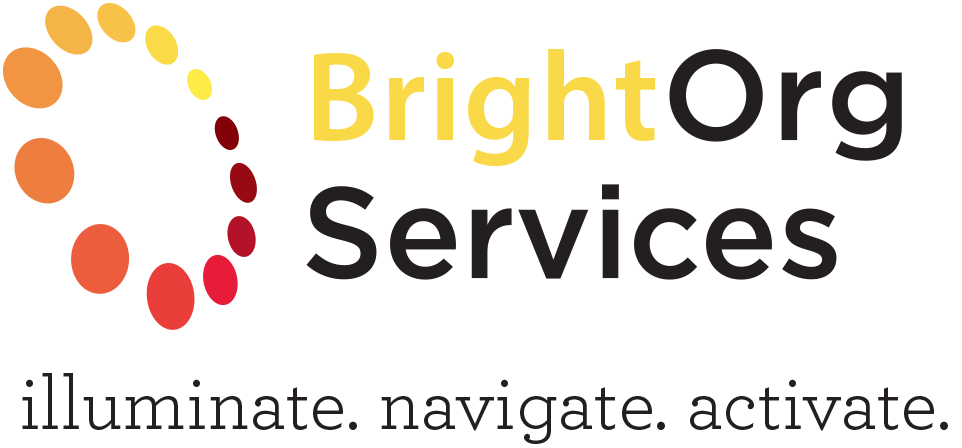Executing With Excellence Requires “People-Change”
“A strategy, even a great one, doesn’t implement itself” – Anonymous
Ask most CEOs and they’ll tell you that their #1 challenge is not creating strategy but executing it. This is because the execution of strategy requires something difficult to attain: people-change. People-change is our word for helping people do new things with excellence. The two main components of people-change are changing the work people do and changing how people are led.
Changing the work people do involves teaching them how to do things better or differently while also ensuring that the change is sustainable over time. Just because people know that new behaviors or actions are needed does not mean that they will do things differently. To combat this, there should be a process to clearly teach new work, coach on effectiveness, and measure execution. This goes beyond communicating expectations and hoping they are adopted to measuring the level of change at the individual level.
Changing how people are led involves inspired yet pragmatic execution. It is commonly understood that leadership capability is the #1 factor linked to the success of transformational change in companies. According to Larry Bossidy & Ram Charan, “Execution is a specific set of behaviors and techniques that companies need to master in order to have a competitive advantage” (Execution). In other words, leaders must have a specific set of behaviors and techniques to generate change. To execute with excellence, companies should have a work stream that is dedicated to leadership development and customized to incorporate the transformation work at hand.
What Are We Designed For?
Here is the interesting part when it comes to the consulting industry: most firms are not designed to drive long term people-change. This is because the traditional consulting model is focused on the analysis of data, relies heavily on insights from other companies, and offers limited support for implementation.
Most consulting firms are not designed to drive long term people-change.
Analysis of data and problem solving are valuable and part of the solution. To do this work, consulting firms staff with associates that are excellent thinkers but who have little or no experience actually leading people to execute. The process can produce solutions that lack connectivity to how work really gets done.
Recommendations are heavily reliant on work done at other companies. This work was perhaps theoretical and did not get implemented, so it lacks a practical application component. Recommendations may not be fully customized to a company’s culture, state of transformation, and leadership capability – all elements that are key to maximizing people-change.
Finally, people-change can take time to realize. Traditional models tend to cycle through projects quickly in order to free up consulting resources to be assigned to new projects. While this can be appropriate for some projects, more value is created when a firm walks alongside you to implement long-term, strategic change. A top complaint heard from executives at the end of many projects is that they own a nice presentation with some good ideas, but they are left with a feeling of “now what?”
To be clear, the traditional model can add value but there is much more potential to be unlocked. A consulting firm designed to drive people-change (and prioritize it), can help companies execute and achieve more!
Four Enablers of People-Change
Since people-change is critical to the success of new initiatives, it’s an advantage to partner with a firm that has a people-change oriented business model. The following four key components are excellent markers of such a model:
Cultural “DNA” of Serving and Growing People
A focus on people should be a central part of the consulting firm’s value system and work approach. The team that serves you should radiate service and people orientation. You should feel comfortable that they will connect to all of your associates – from the frontline to the C-Suite.
Internal Leadership Development
When you make an investment in people, time, and resources to change your organization, you need to know that the investment will pay out for the long haul. The consulting firm should have a proven track record of developing leaders for sustainable transformation and growth. They should invest in the key sponsors and leaders of change: to build their ability to transform and sustain new levels of execution long after the consulting firm is gone. The consulting firm should also develop contextual leadership plans. These plans should incorporate the change at hand along with traditional leadership personality and behavioral components in order to maximize short- and long-term outcomes.
Active Tracking of Progress Toward Goals
You should always know precisely where the team is in the transformational journey. The consulting firm you choose should have the tools and processes to quantifiably measure people-change, thereby creating visibility to progress. Specific awareness, competency and application targets must be set and evaluated regularly. This data should then be used to inform progress and continuous improvement requirements.
Prioritization of Frontline People and Their Leaders
The leaders within your organization have wisdom from past experiences that can be woven into the daily work of transformation. Project teams should be staffed with leaders who have “run the playbook” of transformative change and, therefore, have credibility within your organization. The consulting firm should come alongside these already established leaders and use research-based coaching practices as part of the activation plan.






